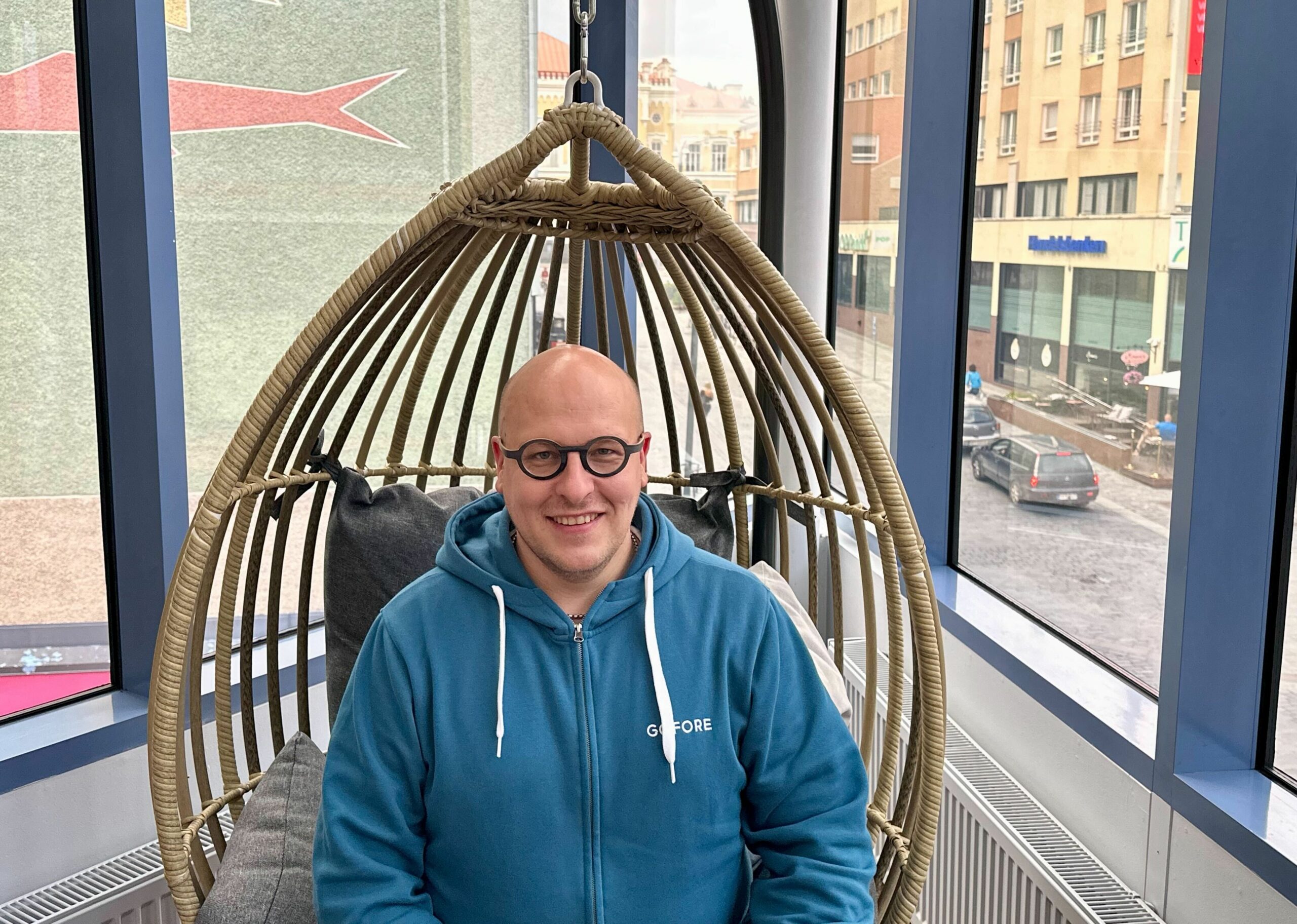Organization Culture and Leadership by Edgar & Peter Schein
I want to help you to grow your mindset and share my passion for impact. Thus, in this blog series, I have hand-picked the bestselling publications and essential managerial tools. This enables you to make a sustainable renewal of your business and personal life. The goal of the first season is to build a common body of knowledge and a starting platform for you. By reading further you will:
- save scarce time reading about renewal, culture and the best performing teams
- extend your leadership toolbox to support your business decisions
- build a personal growth-mindset required to excel as an evolutionary leader
Organizational culture
Our growth mindset journey starts with the book, Organizational Culture & Leadership written by Edgar Schein and his son, Peter. Peter adds some good insights to this fifth revised version of the “Bible” of organizational culture with his refreshed insights on the cultural effects of digitalization and questions the outcomes of the new era of business building, mostly on the ”better faster” – mentality.
In my opinion, this book is the basic platform for us to better understand the underlying factors and motivations of organizations to operate effectively towards the same purpose and direction. The book is very hands-on with past cases corporate of culture evolution, successes, challenges and failures. These public and private organizational examples from the DEC Corporation, the Singapore Development Office and Ciba-Ceigy are still very relevant today, just place your 2020 organization´s name in their place and be surprised?
The basic findings, learnings and challenges of the book on the people side of business come back again and again. Maybe it’s because the common memory of humankind, especially in the business context, seems to often be very shortsighted and short-term gains driven?
Influencing, not commanding
Culture by definition according to Schein is challenging because it is an abstract, deep-wide-complex and multi-dimensional. It is always a group phenomenon, any kind of a social unit that shares the same interests and direction. The strength of the group´s culture depends on the length of time together, the stability of memberships in the group, joint historical learning experiences and emotional intensity described also as ”togetherness”. The last depends on level 1 vs. 2 relationships that are explained deeper in the book. Concretely this means, for example, what a specific group like an executive team or a team of engineers have learned hands-on and concretely together to survive, grow, deal with the external world and to organize itself for the best outcomes.
According to many of the latest studies’ organizational cultures (including occupational sub-cultures) are, on many occasions, stronger than national cultures. However, macro-cultures should also always be considered in culture works with multi-national organizations or with any company with a multi-cultural workforce. With my own background in the global hospitality industry, this has already been the case for many decades. How about in your business and industry?
It is important for you as a leader to understand that you can influence the groups’ unconscious behaviour, but you cannot command it. Therefore, the time for command & control is gone and it might work only on crisis situations like natural disasters or ad-hoc difficult humane situations. Even armies are changing their organizational cultures from the old way of a chain of command & control to more open, self-directed and joint efforts with great success and better impact. Culture needs to be led.
Leadership needs to get involved actively in the creation of culture at each of the three stages of organizational cultural evolution from foundation to growth to maturity. Schein clearly identifies in the book these organizational culture and leadership stages with different types of actions, leadership styles, communication and the structures required for the cultural journey.
Three levels of culture
In the book, Schein defines the basic foundations to assess organizational culture. This managerial tool/model is like an iceberg where only level 1 is visible and two other levels are, at times, hidden underneath the surface. In order to understand well enough and be able to influence your organizational culture, you should be aware of all levels affecting from the past and now your working environment, resources and operating system.
At the tip of the cultural iceberg are the visible elements called artefacts. These are the tangible and ’feelable’ structures and processes like brand, marketing materials, office spaces, uniforms etc. These include behaviours that can be observed, but which, however, are sometimes difficult to decipher for a non-insider. Therefore, do not jump too fast to conclusions on any organization´s culture based only on your subjective visual of the artefacts.
The first level under the surface is espoused values. These are ideals, goals, values, aspirations, ideologies and rationalizations which may or may not be interlinked to visible behaviours or artefacts. These are accepted and supported values which sometimes are not identical to the publicly stated or written ones.
The underlying assumptions are the deepest level of culture. They are ways to indirectly, in a hidden way, to confront, operate and appreciate other members of the organization. These are often unconscious and ’taken-for-granted’ beliefs and values which are determined thru behaviours, perceptions, thoughts and feelings.
Learning oriented leader
I want to emphasize that no culture changes should be done just for personal managerial reasons or just for the sake of improving. On some occasions, the root-cause might not be culture-based at all.
According to my experience, cultural development initiatives always create some kind of hassle and frustration in any organization. In the end, every individual wants to know ”what is in it for me?” Thus, any cultural development focus should always be clearly targeted to where performance should be developed. In order to do so, a real and clear concrete cultural problem should be measured, analyzed, synthesized and shared together within the organization´s proprietary words.
As a leader, you are mainly responsible that the strategy of your organization has a positive impact on your key organizational drivers. What is planned is done and materialized thru your actions, but even more important through your people´s results, motivation and performance. In order to make your strategy successful and live in everyday work life, you need to align it with the culture and get your people engaged. The key is to work on three levels of culture and get your people along in that work in order to show appreciation and trust towards them as individuals and experts. In my opinion, strategy is the guiding force, your common (and hopefully shared) direction and navigation map. The culture is the driving force and the boat engine, giving the right time and resources related pace. It always takes two to tango, you and your people together. Culture and strategy are mutually-inclusive elements – the heart and veins of your company – making or breaking your expected cultural evolution.
The culture evolution journey starts with every one of us. Edgar Schein concludes, very well in his book on learning-oriented leadership – ”Know the cultures that are inside you”.
Key questions for you to consider to become a culture, conscious leader
- In a situation where there is a need for change, prior to acting, do you know enough about the espoused values and underlying assumptions of your organization?
- How do you build an engaged, growth-minded and strategically aligned organizational culture?
The next blog will be about the secrets of highly successful groups. Keep following.
About
Jere Talonen – Your co-pilot helping you to bridge the gap between strategy, values and behaviours from the boardroom to the shop floor by combining EX with CX. In the blog series, he shares his learnings from a multi-industry international career extending over 20 years as a leader, entrepreneur, business coach & consultant, as well as an executive team and board member. Sharing is caring. Currently, Jere acts as Principal Consultant – Recoding Culture and the Future of work at Gofore Plc.



